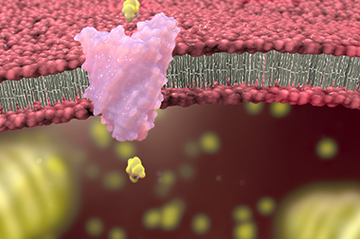The Fountain of Age: Feeding Strategies for Senior Pets
Julie Churchill, DVM, PhD, DACVN
University of Minnesota, College of Veterinary Medicine, Saint Paul, MN USA
Overview
“Gero-nutrition” is a term Julie Churchill uses for the nutritional needs of senior dogs and cats. In this presentation, Churchill outlines a clinical approach for assessing the nutritional status of older patients and prioritizing how to meet the sometimes conflicting needs for nutritional care in senior pets.
Key points
- Routine nutritional assessments should be an ongoing process, not one geriatric protocol, and include: the patient, the diet and feeding management factors.
- Maintaining or achieving healthy weight and body condition should be a top priority for senior pet health. Many negative health consequences can occur with as little as 15% weight gain above ideal Body Condition Scores.
- Results from a lifetime study in dogs revealed lower disease incidence, later onset of disease, and increased life span in dogs fed a complete and balanced diet at 25% caloric reduction compared to controls. These calorie-restricted dogs also lived an average of 13 years compared with 11.2 years in the control group.
- As dogs age, loss of lean body mass (LBM) and lower activity levels drop the maintenance energy requirement drops by 25%. Loss of LBM appears to be the primary factor influencing reduced energy requirements.
- There is no established nutrient profile for senior pets (by AAFCO). However, healthy senior dogs do not benefit from protein restriction and may be harmed by limiting dietary protein. A general guideline for estimating daily protein needs: 1 g protein/lb BW for dogs. Senior dogs may need up to 50% more than this; and for cats, 2 g/lb BW.
- When pets suffer from competing or conflicting comorbidities, the general approach is: meet minimum nutrient requirements, and then prioritize problems by determining which condition is progressive, impairing quality of life or imparting the poorest prognosis.
Clinical relevance
As pets approach middle age they become increasingly susceptible to chronic diseases, many of which may be positively influenced by nutritional management. Monitoring each pet’s diet, body weight, body condition score, and muscle condition score, at every veterinary visit can improve disease surveillance, early detection, and medical and nutritional intervention.


